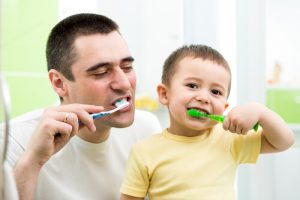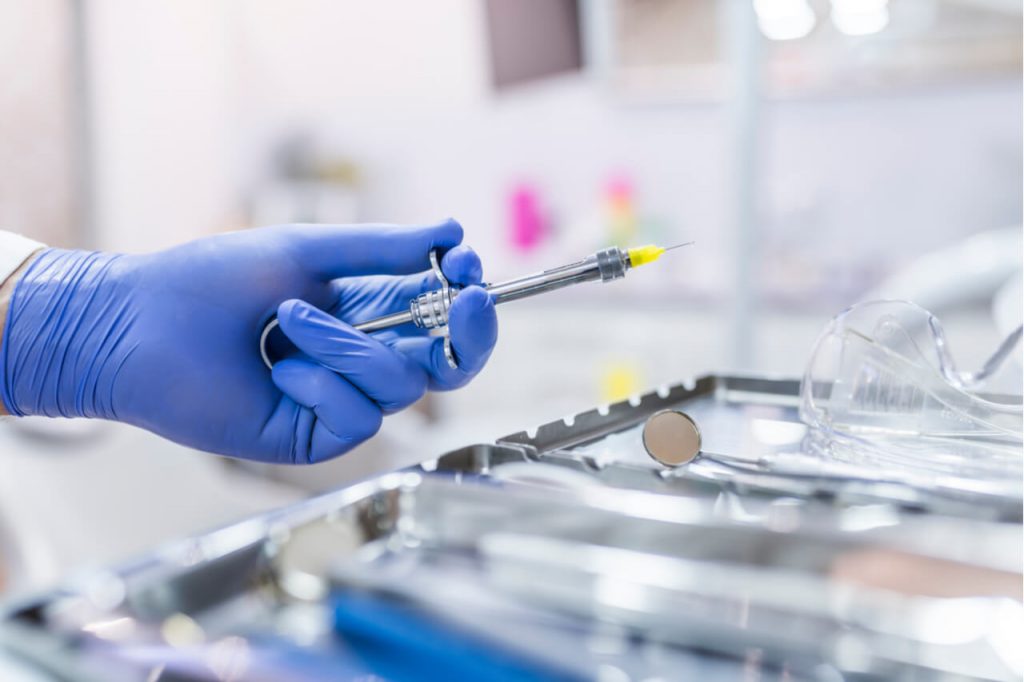We all want to maintain the whiteness and stability of our clean, straight teeth. We are all aware of how great its impact is to our smile, our confidence, and our overall health. It is the very reason why as much as we can, we try to find ways to effectively take care of our dental health. Let us find out different dental hygiene tests to check our oral health and find out tips on how to effectively keep our teeth strong, beautiful, and healthy. You can go to Dr. Jack’s clinic in Bella Vista if you want to achieve healthy teeth at an affordable price.
Ideal dental hygiene practices
When you smile, your teeth get exposed to people who are able to both appreciate and criticize them regarding their whiteness, alignment, and overall shine and radiance. Many of us believe that your teeth can actually make or break your facial profile. It is possible that you look and feel confident with your mouth closed, but because you have tooth decay or cavities, you feel small when you talk or smile in public. We can’t blame you entirely for this, because it has been found out through some dental hygiene tests that wrong dental hygiene steps can also cause damage the same way as poor dental hygiene practices can. Here are some tips on how to achieve ideal dental hygiene practices.
Brushing
Remember how dentists check dental hygiene tests during your dental visits? They would always remind you to brush your teeth at least twice a day, right? But have you noticed that even if you brush your teeth twice a day, the next time you visit the dentist, he would still remind you to do that? It seems as if the way you are brushing your teeth does little in protecting them from cavities. Here are tips on how to brush your teeth properly.
 The brushing motion
The brushing motion
We are used to brushing our teeth from side to side, like a sawing motion, right? Dentists and dental hygiene tests show that doing so would still leave some food residues in the hard-to-reach edges and corners of the teeth. Try using gentle, circular, or up-and-down motions to carefully and effectively remove debris and hardened plaque buildup.
Brush or scrape your tongue
You may have noticed that the back part of your toothbrush may have a textured surface. That is not just a design trait to make your tool look nice. It can be used as a tongue scraper or brush too! Gently use this to remove the white films or particles on your tongue because neglecting that could cause bad breath and plaque buildup as well.
Use fluoridated toothpaste
Many parents nowadays would prefer using non-fluoride kinds of toothpaste to their kids for fear of fluorosis. However, dentists and dental hygienists claim that the amount of fluoride you get with every use of a pea-sized toothpaste is too small to cause that dental issue. In fact, you would have to consume a big tube of toothpaste to get a specific amount of fluoride that can cause problems for your body. Use fluoridated toothpaste to allow the teeth to absorb the mineral that can make them strong and protected from tooth decay.
Brush at night
It does not matter when and how often you brush during daytime; you just have to make sure that you brush your teeth properly before going to bed. Brushing before you sleep removes all the germs and food debris that your teeth accumulated throughout the day, so the chances of developing plaque build-up while you are sleeping are slim to none.
 Flossing
Flossing
Dental hygiene tests also show that people who do not floss regularly are more prone to develop plaque and tartar build-up. These cement-like formations on the sides and edges of your teeth contain bacteria that produce acids that damage the teeth. Regular flossing everyday addresses this and allows your teeth to be free from bad bacteria and germs that can cause not just tooth decay and cavities, but gum and dental infections as well.
One of the reasons why many do not floss every day is because the action can be difficult to teach and perform, particularly for young kids and the elderly or adults with arthritis. However, this should not stop you from doing so, since there are now so many types of flossers available. Instead of giving up, look for dental products that can help you floss your teeth. Alternatives to string floss can be toothpicks, floss picks (floss on one end and toothpick on the other), interdental brushes, and oral irrigators.
Correct food and drink intake
The main rule that everyone knows when the relationship between teeth and food is the topic is to limit sugar intake. Although that is perfectly correct, there are so many other ways to care for your teeth while watching what you eat.
 Drink water
Drink water
Not only is it the best way to hydrate your body, but it also is the best fluid to wash away the debris or food particles that may be sticking to the tight areas of the teeth.
Increase intake of vegetables and high-fiber fruits
Slurping or sipping mashed and very soft foods may be ideal for babies. But as soon as they reach the age where they at least get 5 to 10 milk teeth, introduce them to crunchy and leafy greens and fruits! Not only do they contain fiber that is good for your digestion, but it can also improve the strength of your jaws and clean the insides of your mouth.
Dental consultation
Dental hygiene tests can only be done when you visit your dentist. No matter how good your teeth look, the clinical eye of the dentist or dental hygienists are far better judges compared to you. They can easily tell if you are doing a good job at maintaining your oral health or you are neglecting your pearly-whites. It is indeed an advantage for people if they maintain regular dental consultations at least every 6 months to have a dental professional monitor their dental condition and perform dental hygiene tests to fully assess your overall dental health. They may request different dental hygiene tests like dental x-rays, scans of the head and neck, oral cancer screening, or impressions.
Want more information about dental topics? Visit Southern Smiles Miranda’s website today.

